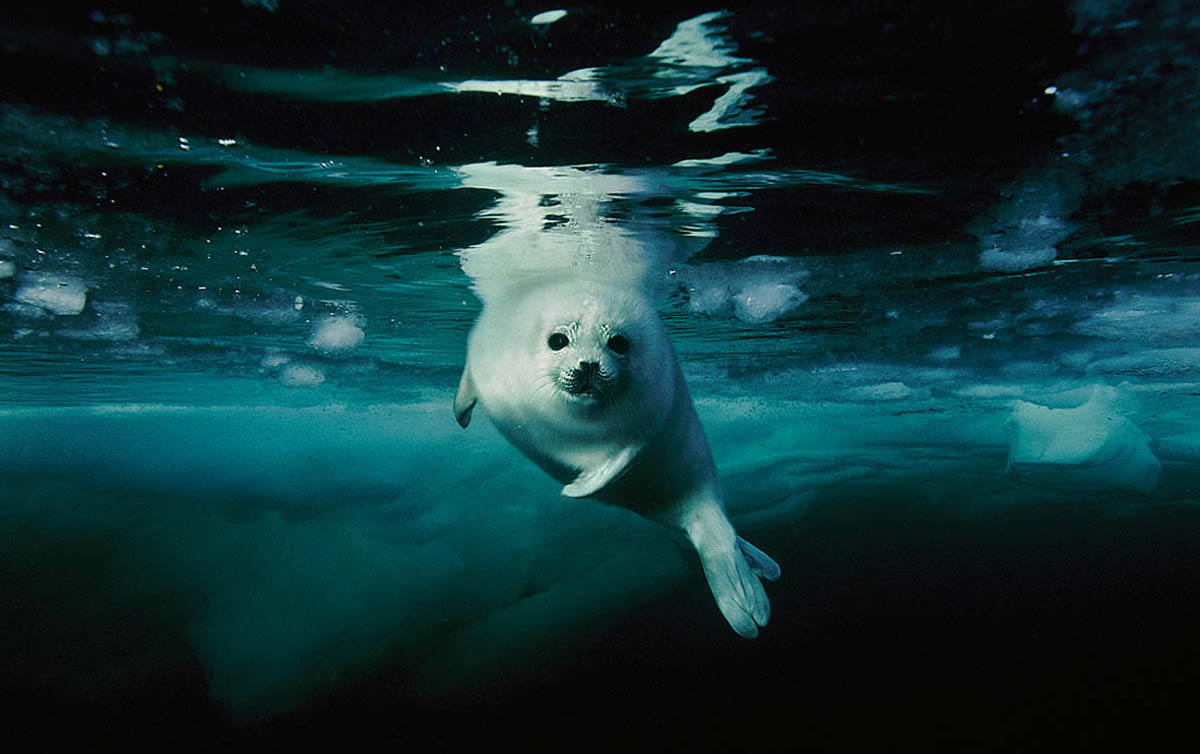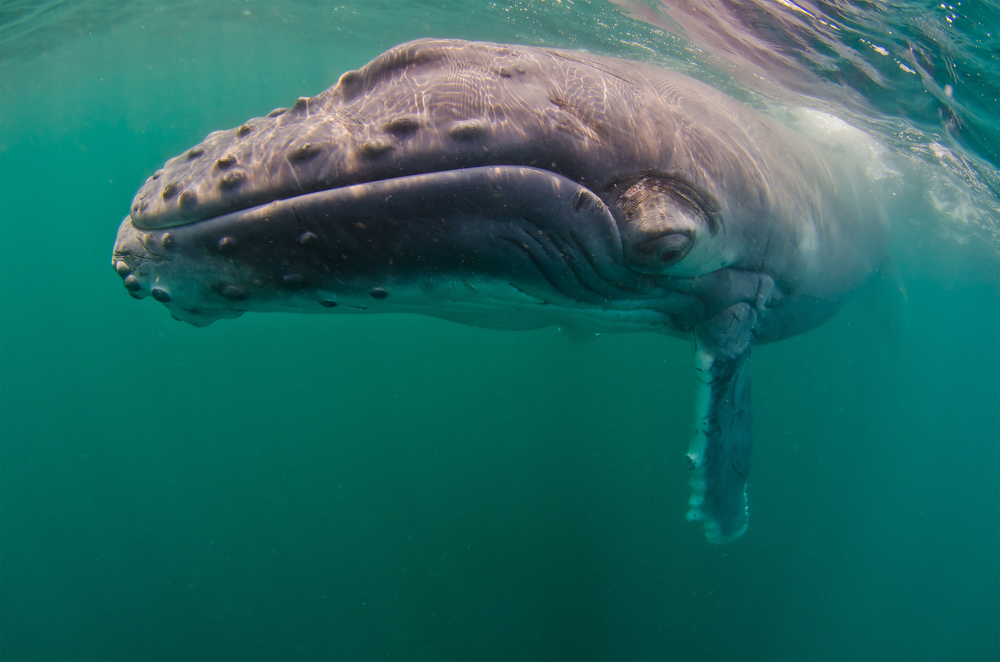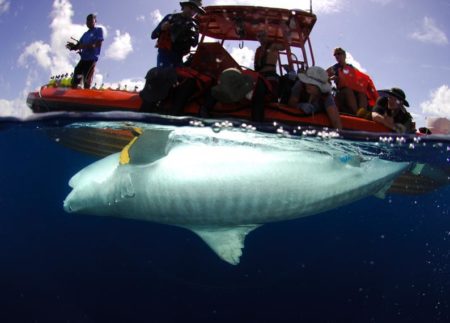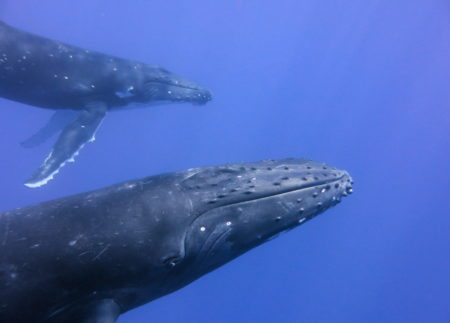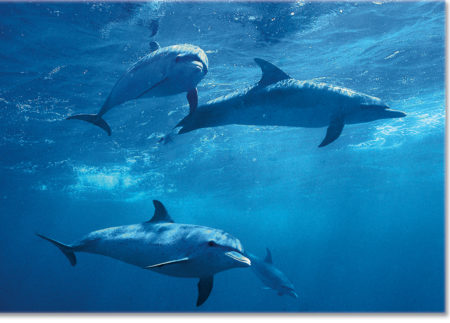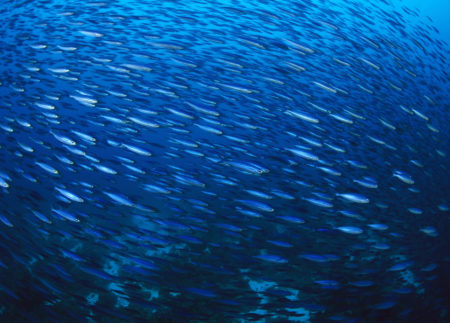Much of the information industry needs about the behaviour, habitat use, migration patterns, and reactions of marine mammals to industry sound is obtained by animal-borne instruments, also called ‘tags’, that are attached to individual animals.
Since their introduction in 1975, these tags have seen a significant improvement as new electronics, sensors, and software became available. This resulted in longer battery life-time, smaller instrumentation, decreased tag failure, and new and exciting information on diving patterns and small-scale movements, sometimes in combination with sound exposure levels to the animal.
The Programme sponsored a workshop of researchers and instrument manufacturers to provide guidance for future improvements and sponsored activities for improving technical performance of tags. This resulted in a seminal paper that has provided guidance for improved tag use in behavioural studies on various marine mammals. These efforts have led to a significantly improved understanding of marine mammal ecology, essential for conducting quality risk assessments.
The Programme also improved implantable tags for large whales. By combining ‘Fastloc’ GPS with a conventional Time-Depth recorder and a 3-D accelerometer, this tag is capable of locating a whale precisely near offshore industry operations, and recording its reactions in three dimensions over time for periods of months.
This technology will be extremely valuable in future noise response experiments.
Related Research Topics
Sound Source Characterisation and Propagation
An essential first step of the JIP’s research is to better understand how sound propagates in the ocean. There are variety of factors including depth, temperature and salinity to name a few.
Physical and physiological effects and hearing
The JIP aims to understand the potential effects of sound from exploration and production activities on the physiology and hearing of different types of marine animals.
Behavioural reactions and biological significant effects
The JIP aims to understand the non-physical effects of E&P sound on marine life behaviour over the course of their lives
Mitigation and monitoring
The JIP takes an active role in providing information to understand and reduce risk of potential impacts of exploration and production sound on marine life.
Research Tools
The JIP has researched and developed a range of research tools that not only improve our studies, but have also advanced general scientific knowledge of marine animals.
